Flowering shrubs can be a great way to add color and texture to your garden, but there’s nothing more frustrating than waiting for blooms that never seem to show up. Some shrubs, despite their potential, just don’t live up to the expectations, leaving your garden looking lackluster. If you’ve had one of these shrubs that just doesn’t seem to bloom, you might be wondering what went wrong or how to make better choices moving forward.
In this guide, we’ll highlight seven flowering shrubs that often fail to bloom and suggest seven reliable varieties that deliver vibrant blooms season after season. By focusing on shrubs that thrive in a range of conditions, you can create a garden that’s both beautiful and low-maintenance, without the disappointment of flowers that never appear.
Hydrangea macrophylla
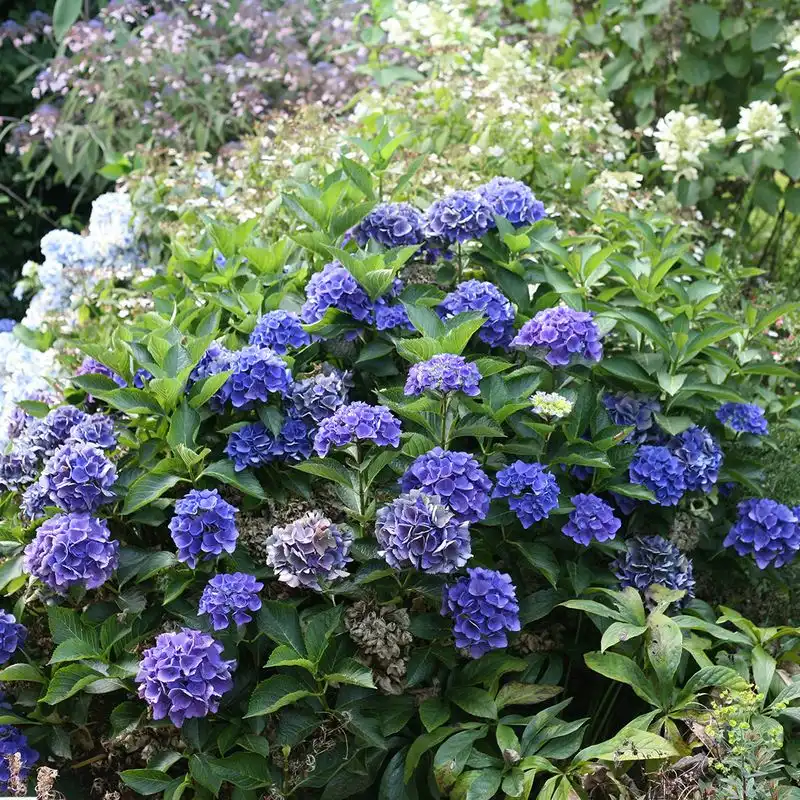
Hydrangea macrophylla, commonly known as bigleaf hydrangea, often disappoints gardeners with its elusive blooms. This shrub’s sensitivity to cold winters and improper pruning can result in a lack of flowers.
Despite its lush greenery and potential for stunning pink or blue blooms, it requires specific care to thrive. Gardeners should focus on protecting it from harsh weather and pruning after flowering ends in late summer.
By doing so, you might coax those elusive blossoms to appear next season. Understanding its needs is key to transforming this tricky plant into a garden showstopper.
Rhododendron
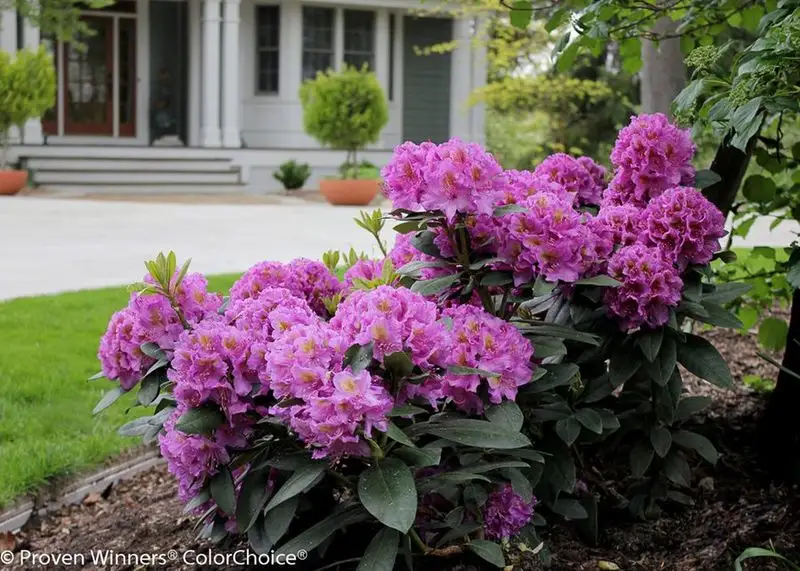
Rhododendrons are known for their spectacular blooms, but they can be fussy about their growing conditions. These shrubs demand acidic, well-drained soil and often fail to flower if planted in unsuitable conditions.
Frost damage and poor pruning practices can also hinder blooming. Despite their beauty, rhododendrons can be a challenge, requiring careful attention to soil pH and climate.
Gardeners in milder climates with the right soil chemistry may find these shrubs reliable bloomers, but others might need to seek alternative options for a vibrant garden.
Forsythia
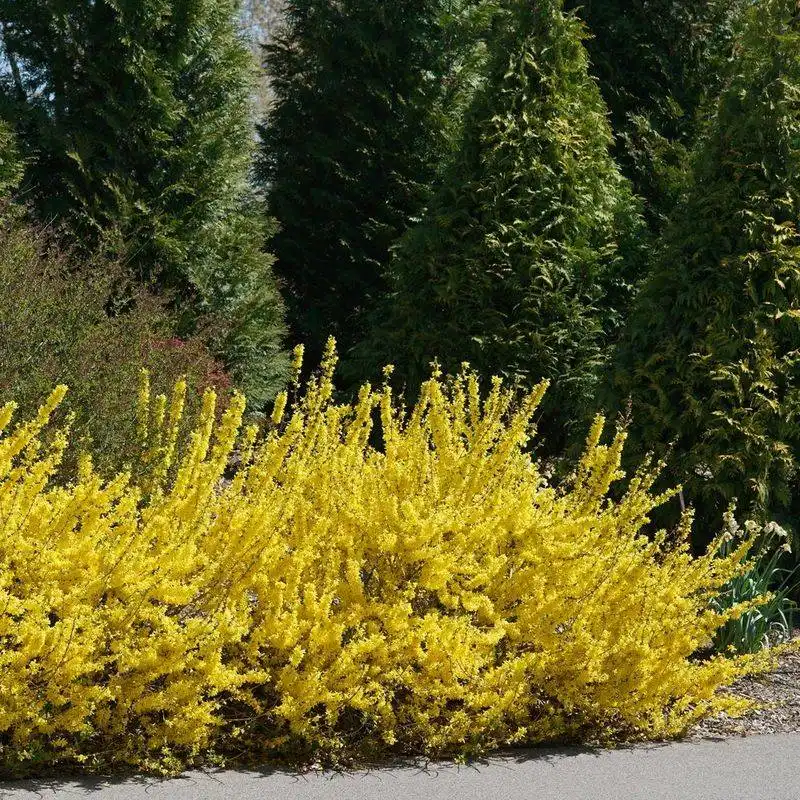
Forsythia is often planted for its cheerful yellow blooms, but it can sometimes leave gardeners wanting. Pruning mistakes and late frost can cause a lack of flowers.
Forsythia requires full sun and well-drained soil to thrive, and improper care can result in just a leafy bush. To encourage blooming, prune immediately after flowering and ensure it’s planted in a sunny location.
With the right care, forsythia can reward gardeners with a burst of yellow flowers each spring, bringing sunshine to any garden.
Camellia japonica
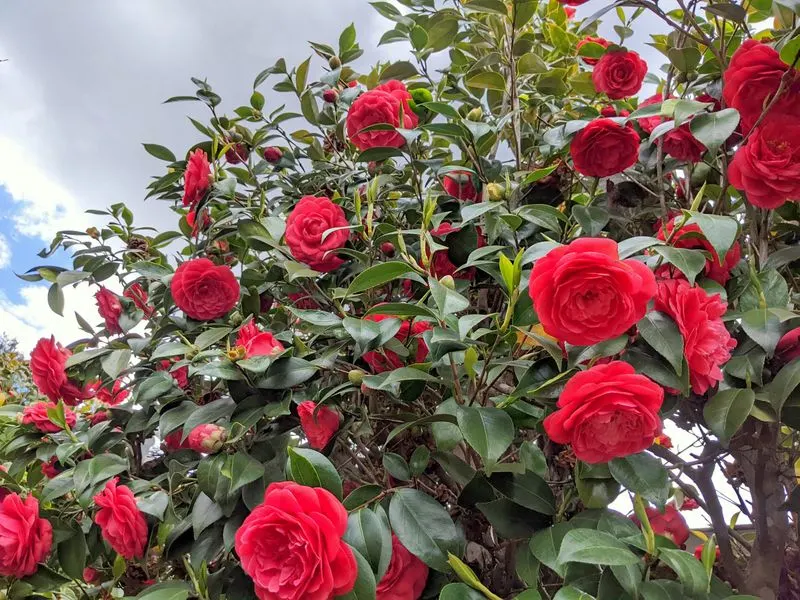
Camellia japonica, a beloved shrub for its rose-like blooms, can sometimes disappoint with a lack of flowers. These shrubs are sensitive to cold and require well-drained, acidic soil.
If these conditions aren’t met, flowering may not occur. Proper mulching and protection from harsh winds can improve its chances of blooming.
With patience and care, you can transform Camellia japonica into a dazzling garden specimen. The wait is worth it when these shrubs burst into bloom, offering a stunning display of color and beauty.
Lilac (Syringa vulgaris)

Lilacs are cherished for their fragrant flowers, but they can be reluctant bloomers. Poor pruning and insufficient sunlight often lead to a lack of flowers.
To encourage blooming, ensure your lilac receives at least six hours of sun daily and prune just after flowering. Additionally, avoid over-fertilizing, as this can promote leafy growth at the expense of blooms.
With the right conditions and care, lilacs can fill your garden with their delightful scent and charming blossoms, making every effort worthwhile.
Azalea
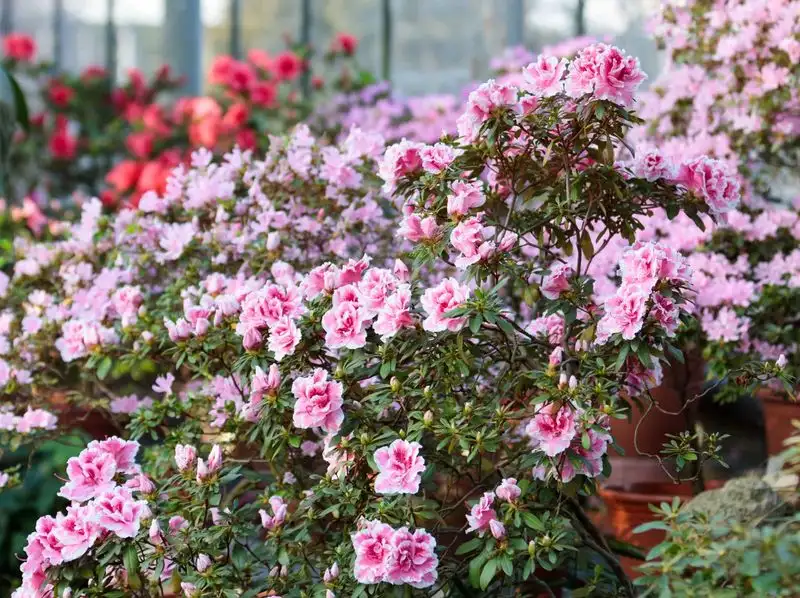
Azaleas, with their vibrant blooms, can sometimes leave gardeners scratching their heads when flowers fail to appear. These shrubs thrive in acidic, well-drained soil and require careful attention to watering.
Overwatering or placing them in poor drainage can hinder blooming. Protect azaleas from late frosts and ensure they receive adequate sunlight.
With attention to soil conditions and watering practices, azaleas can reward you with their striking displays of color, transforming any garden into a vibrant paradise.
Wisteria
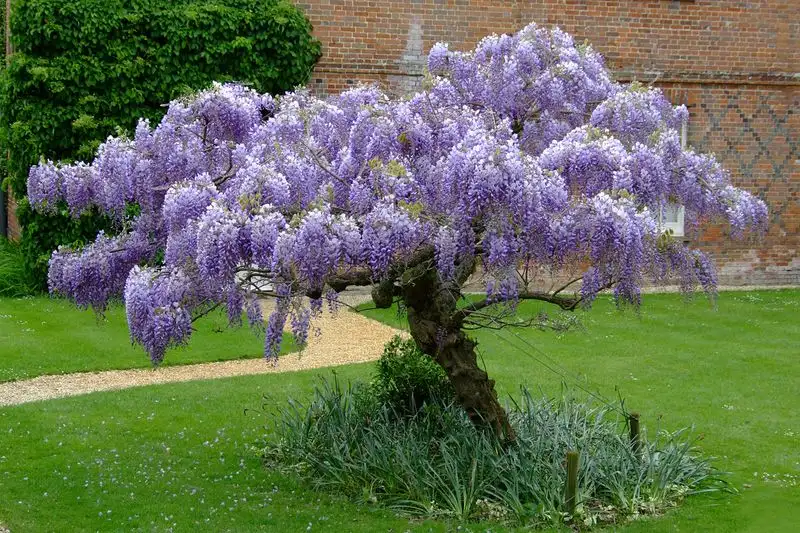
Wisteria is renowned for its cascading purple blooms, yet it can be frustratingly reluctant to flower. Poor pruning techniques and insufficient sunlight can prevent blooming.
To encourage flowers, wisteria needs strong support and regular pruning in late winter. Ensure it’s planted in full sun and avoid overfeeding with nitrogen-rich fertilizers, as these promote leafy growth.
Patience is key with wisteria, but when it finally blooms, the breathtaking display of fragrant flowers makes it a garden favorite.
Rose of Sharon
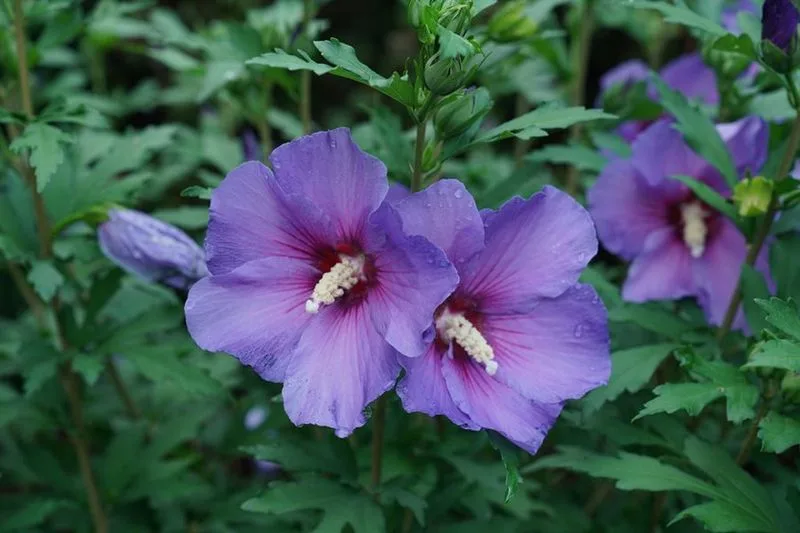
Rose of Sharon, known for its abundant summer blooms, rarely disappoints. This hardy shrub thrives in a variety of soil types and climates, making it a dependable choice for many gardeners.
Its trumpet-shaped flowers attract pollinators and create a lively garden scene. Unlike some finicky shrubs, Rose of Sharon requires minimal maintenance and adapts well to different environments.
With its consistent flowering, Rose of Sharon is a reliable addition to any garden, providing color and interest throughout the growing season.
Butterfly Bush (Buddleia)
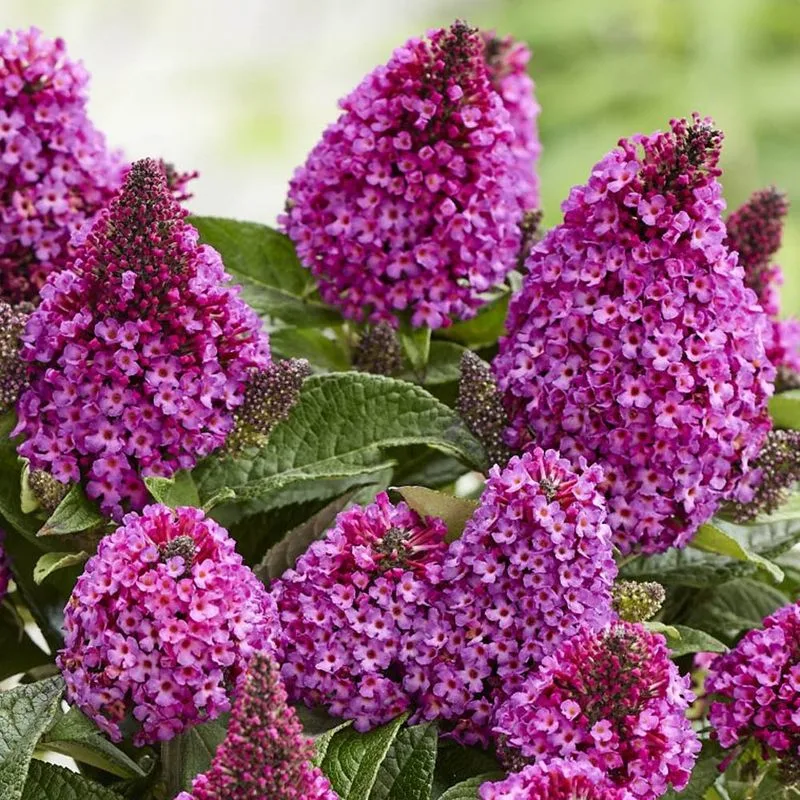
Butterfly Bush, or Buddleia, is a favorite among gardeners for its ability to attract pollinators with its fragrant blooms. This shrub flourishes in full sun and well-drained soil, making it easy to grow.
Regular deadheading encourages continuous flowering throughout the season. With its long, arching branches covered in colorful spikes, the Butterfly Bush adds dynamic beauty to any garden.
It’s a hardy, low-maintenance choice that reliably provides vibrant blooms and supports the local ecosystem by attracting beneficial insects.
Spirea

Spirea is a go-to shrub for many gardeners due to its hardiness and prolific blooming. This adaptable plant thrives in various soil conditions and requires minimal care.
Its clusters of delicate flowers appear in spring and continue to bloom throughout the summer. Pruning after the first bloom can promote a second wave of flowers.
Spirea’s reliability and ease of care make it a versatile addition to any landscape, providing consistent color and texture. It’s a perfect choice for gardeners seeking low-maintenance beauty.
Viburnum

Viburnum is celebrated for its versatility and stunning blooms. This shrub accommodates a wide range of soil types and light conditions, making it a reliable choice for many gardeners.
With its fragrant flowers and attractive berries, Viburnum adds both beauty and wildlife interest to the garden. Regular pruning helps maintain its shape and encourages abundant flowering.
Its adaptability and year-round appeal make Viburnum a standout choice for creating a vibrant and diverse garden environment, ensuring continuous enjoyment.
Weigela
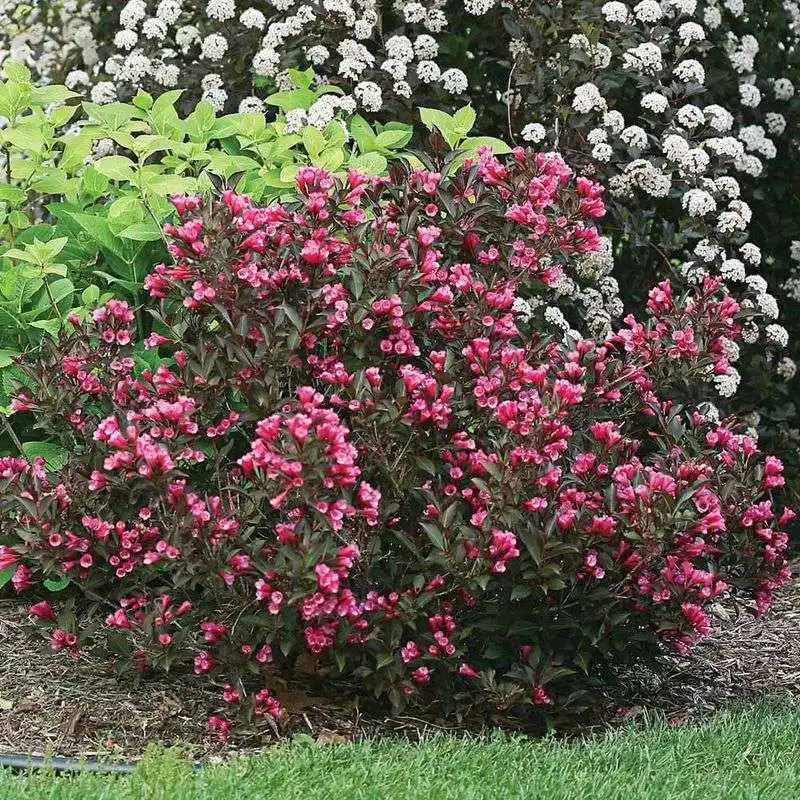
Weigela is a resilient shrub, cherished for its profusion of tubular pink flowers and lush foliage. Thriving in full sun, it offers a stunning visual impact in any garden.
Weigela adapts well to various soil types and requires minimal maintenance. Pruning after flowering can enhance its shape and boost blooming for the next season.
With its lively colors and ease of care, Weigela is an excellent choice for gardeners seeking reliable beauty and a touch of elegance in their landscape.
Mock Orange (Philadelphus)
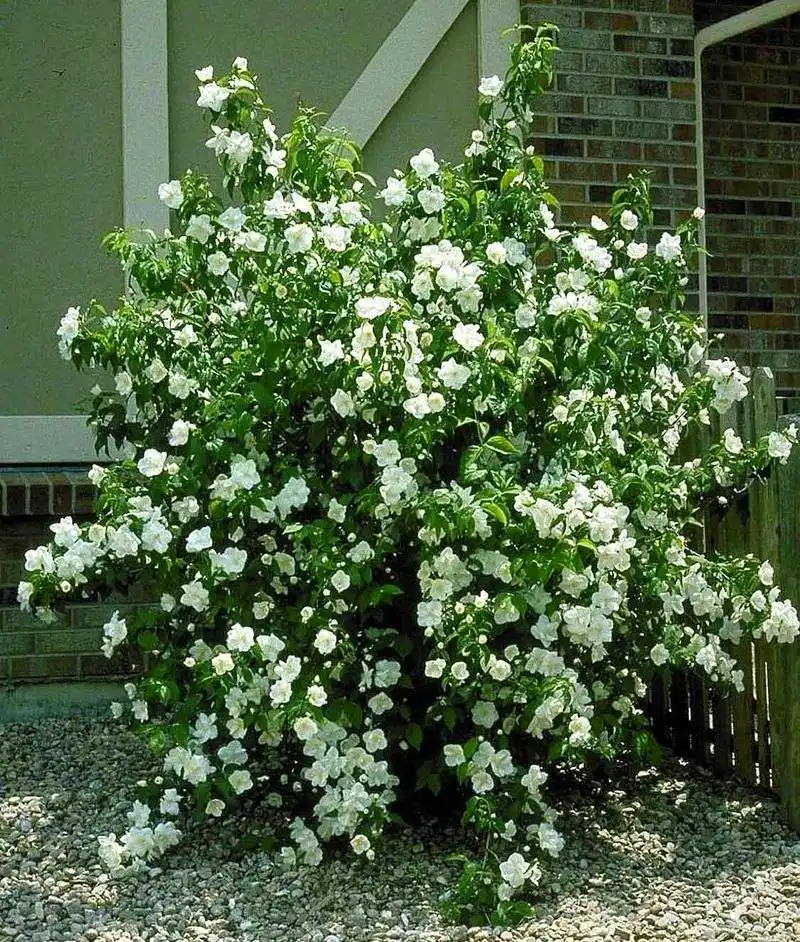
Mock Orange is a delightful shrub, prized for its fragrant white blossoms reminiscent of citrus. This hardy plant thrives in well-drained soil and full sun, offering reliable blooms every spring.
Its heady scent and attractive form make it a garden favorite. Minimal pruning is needed to maintain its shape, making Mock Orange a low-maintenance choice.
With its enchanting fragrance and classic beauty, this shrub is perfect for gardeners looking to add a touch of nostalgia and sensory appeal to their outdoor space.
Deutzia

Deutzia is a charming shrub that never fails to impress with its delicate clusters of pink and white flowers. This plant thrives in full sun to partial shade and adapts well to various soil types, requiring little maintenance.
Pruning after flowering keeps it tidy and encourages future blooms. Deutzia’s graceful appearance and easy care make it a favorite among gardeners looking for a reliable, beautiful addition to their landscape.
Its consistent performance ensures a lively display of color each spring.

